How to Choose the Perfect Modern Office Chair for Enhanced Productivity and Comfort
In today’s fast-paced work environment, the choice of a Modern Office Chair plays a crucial role in enhancing both productivity and comfort. According to a study by the International Ergonomics Association, an ergonomic office chair can increase productivity by up to 17% by reducing discomfort and physical strain. Furthermore, a report published by the Bureau of Labor Statistics highlights that nearly 80% of office workers experience some form of back pain due to inadequate seating. With more companies recognizing the importance of employee well-being, investing in a high-quality Modern Office Chair is no longer a luxury but a necessity. This guide will provide insights on selecting the perfect chair that not only aligns with contemporary design but also supports the physical health of users, ultimately fostering a more efficient and comfortable workplace.
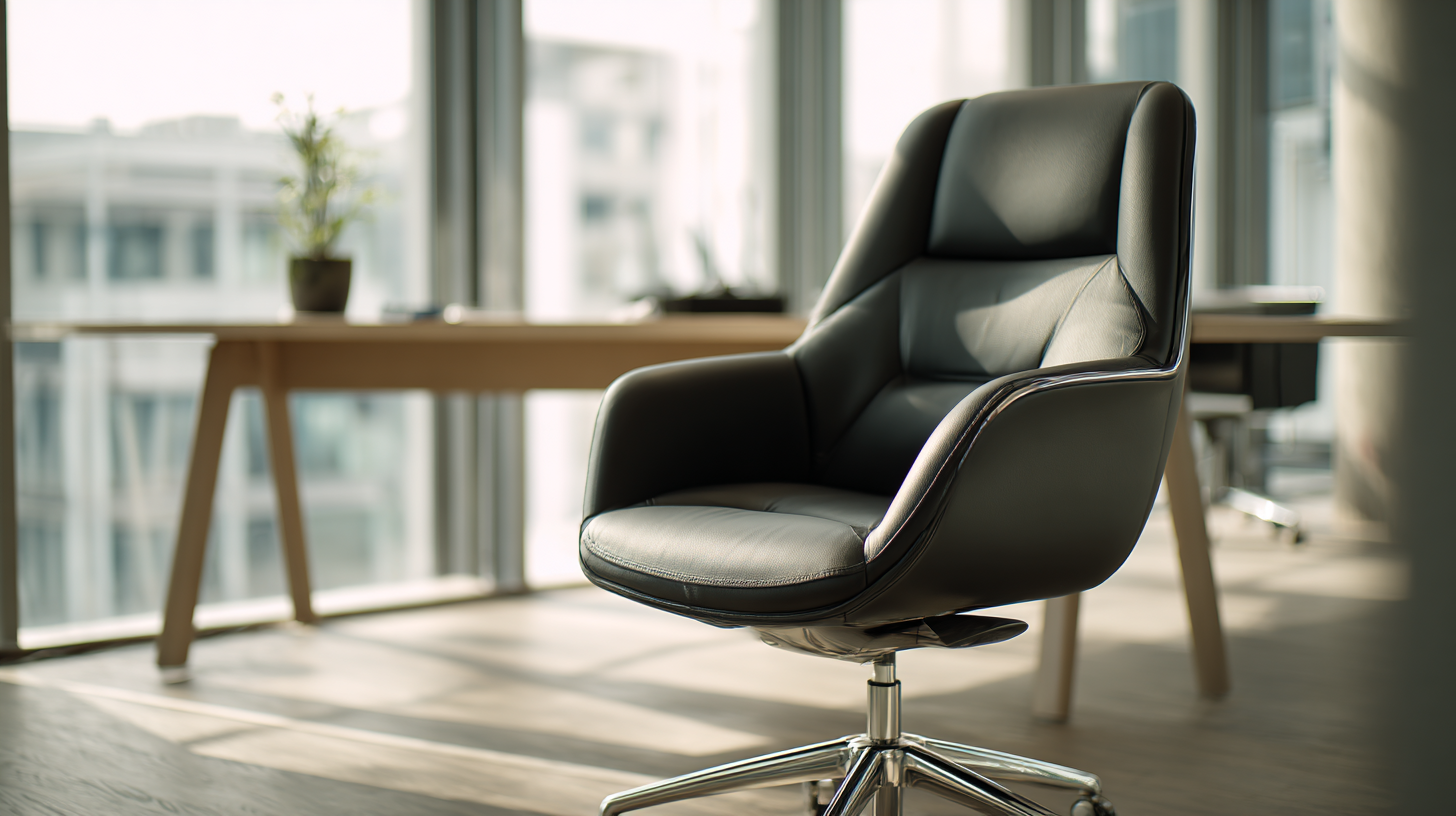
Understanding Your Ergonomic Needs for a Modern Office Chair
When selecting a modern office chair, understanding your ergonomic needs is essential for enhancing both productivity and comfort. Ergonomics focuses on creating a workspace that fits the user, which is crucial as the global ergonomic chair market continues to expand. It is projected to reach $23.2 billion by 2031, highlighting the increasing awareness of workplace ergonomics and their impact on employee health. Proper ergonomic chairs not only reduce discomfort but can also boost productivity by allowing employees to focus better during long working hours.
The importance of ergonomic design is emphasized by industry experts, who argue that investing in quality office chairs is key to fostering a healthier work environment. As remote work becomes more prevalent, the demand for adaptable seating solutions grows. Innovative chair designs cater to various needs—from gaming chairs that support dynamic movements to executive chairs crafted for prolonged sitting. By prioritizing ergonomic features such as adjustable seat height, lumbar support, and flexible armrests, you can tailor your office setup to promote comfort and well-being, ultimately leading to better work performance.
Key Features to Look for in a High-Quality Office Chair
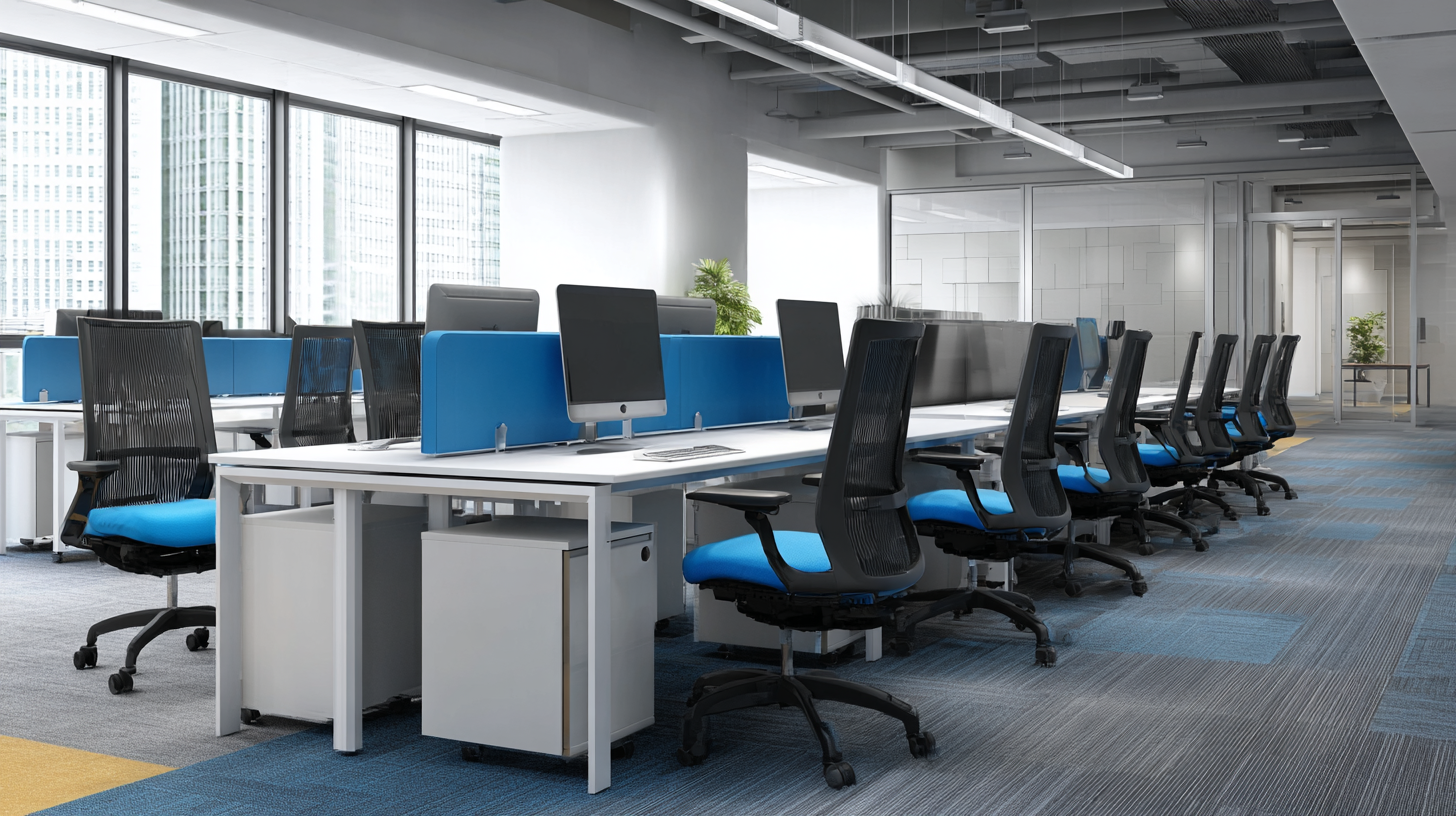 When selecting the perfect modern office chair, several key features can significantly enhance both productivity and comfort. Firstly, ergonomic design should be a top priority. Chairs that offer adjustable lumbar support help maintain the natural curvature of your spine, reducing the risk of discomfort during long hours of sitting. Look for options that allow adjustments in seat height, backrest angle, and armrest height, ensuring that the chair can be tailored to your individual needs.
When selecting the perfect modern office chair, several key features can significantly enhance both productivity and comfort. Firstly, ergonomic design should be a top priority. Chairs that offer adjustable lumbar support help maintain the natural curvature of your spine, reducing the risk of discomfort during long hours of sitting. Look for options that allow adjustments in seat height, backrest angle, and armrest height, ensuring that the chair can be tailored to your individual needs.
Another important feature is the quality of materials used in the chair's construction. High-quality upholstery, such as breathable mesh or premium fabric, can improve air circulation, keeping you cool and comfortable throughout your workday. Additionally, a sturdy base with smooth-rolling casters can enhance mobility, allowing you to move around your workspace effortlessly. Lastly, consider chairs with a weight capacity that suits your needs, ensuring longevity and support. Investing in a well-designed office chair not only contributes to physical well-being but also promotes a more productive work environment.
Choosing the Right Material: Comfort vs. Durability in Office Chairs
When selecting a modern office chair, the materials used play a crucial role in balancing comfort and durability. Comfort often stems from the chair’s upholstery, which can range from breathable mesh to plush fabric. Mesh chairs are popular for their ability to promote airflow, keeping the user cool during long hours of work. They provide a lightweight feel and flexibility, adapting to the user's movements. On the other hand, upholstered chairs can offer a cushier experience, essential for those who prioritize softness and warmth in their workspace.
Durability is equally important and can greatly affect the chair's longevity. Materials such as leather or high-quality synthetic fabrics tend to withstand wear and tear better than others. While they may come with a higher initial cost, investing in a durable office chair made from tough materials can save money in the long run through reduced replacement costs. Additionally, consider the chair’s frame; sturdy metal or solid wood frames typically provide more resilience than plastic alternatives. As such, a thoughtful approach to material selection can lead to a comfortable and enduring office companion that enhances both productivity and well-being.
Material Comparison for Office Chairs: Comfort vs. Durability
How Chair Design Affects Posture and Productivity
The design of an office chair plays a crucial role in dictating both posture and productivity in the workplace. A well-constructed chair provides adequate lumbar support, ensuring that the natural curve of the spine is maintained. This is essential, as poor posture resulting from inadequate seating can lead to discomfort and fatigue, ultimately hampering one's ability to focus and perform tasks efficiently. Features such as adjustable seat height, armrests, and backrests allow users to customize their seating position, promoting better alignment and reducing the risk of musculoskeletal disorders.
Moreover, the materials and aesthetic appeal of an office chair can impact the overall work environment. Chairs made from breathable fabrics or with memory foam cushioning enhance comfort, which can encourage longer, more productive work sessions. Additionally, a visually pleasing design can uplift the ambiance of the office space, boosting morale and motivating employees to engage more actively in their tasks. Thus, when selecting a modern office chair, it is important to consider both ergonomic features and design elements to create a workspace that fosters productivity and well-being.
How to Choose the Perfect Modern Office Chair for Enhanced Productivity and Comfort
| Chair Type | Adjustability (1-5) | Lumbar Support (1-5) | Ergonomic Design (1-5) | Material Comfort (1-5) |
|---|---|---|---|---|
| Task Chair | 4 | 3 | 4 | 4 |
| Executive Chair | 5 | 5 | 5 | 5 |
| Mesh Chair | 4 | 4 | 4 | 3 |
| Saddle Chair | 4 | 2 | 4 | 5 |
| Reclining Chair | 3 | 3 | 2 | 4 |
Budgeting Tips for Selecting the Best Office Chair for Your Needs
When selecting an office chair that optimizes both comfort and productivity, budgeting becomes a crucial factor. According to a recent report from the Bureau of Labor Statistics, American businesses spend an average of $500 to $1,000 on ergonomic chairs to enhance employee well-being. Investing wisely in a chair that supports healthy posture can save costs in the long run due to reduced absenteeism and improved employee performance.
To maximize your budget, it is essential to identify the key features you need. A study published in the Journal of Occupational Health Psychology indicated that well-designed office chairs can improve productivity by up to 17%. When allocating your budget, focus on essential ergonomic features like adjustable height, lumbar support, and seat material. A good strategy is to invest in a quality chair that fits your specific needs rather than opting for cheaper, low-quality alternatives that may lead to discomfort and inefficiency. Remember, a comfortable chair is not merely an expense but a long-term investment in your health and productivity.
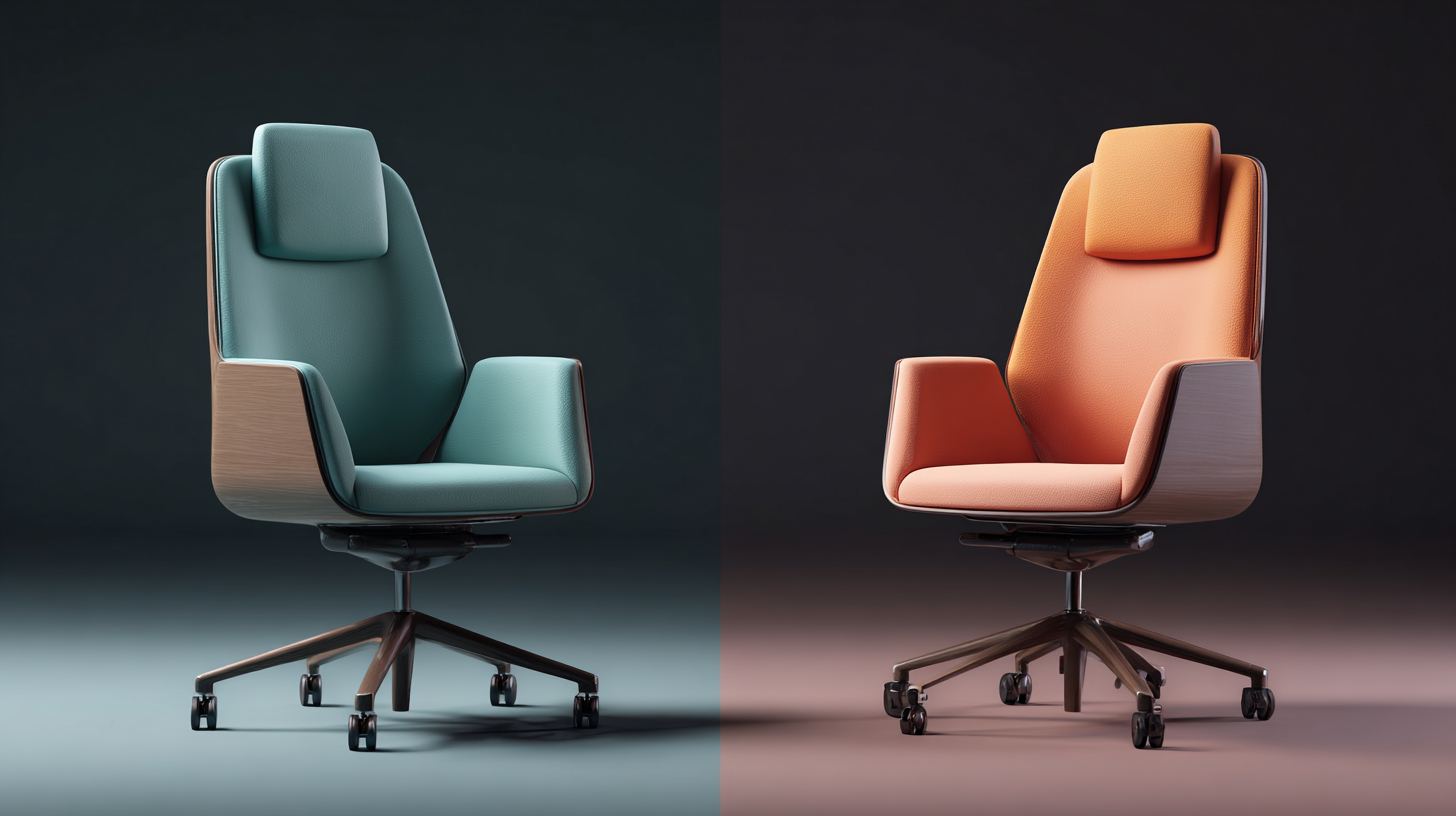
Related Posts
-
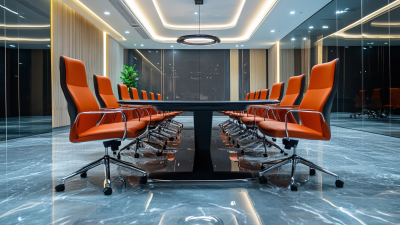
Top 10 Boardroom Chair Manufacturers in China at the 137th Canton Fair
-
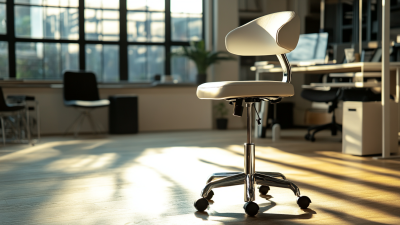
7 Essential Reasons Why Best Ergonomic Stool Chairs Boost Productivity by 30 Percent
-
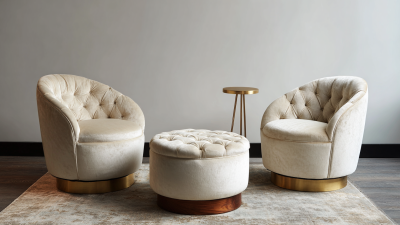
5 Essential Tips for Choosing the Best Nesting Chairs for Your Space
-
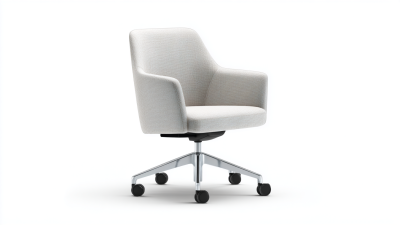
Understanding the Benefits of Upholstered Office Chair for Your Workspace
-

Top 5 Executive Boardroom Chairs: Innovations and Trends Shaping Modern Offices
-

Essential Office Chair Checklist: Key Features for Your Perfect Workspace